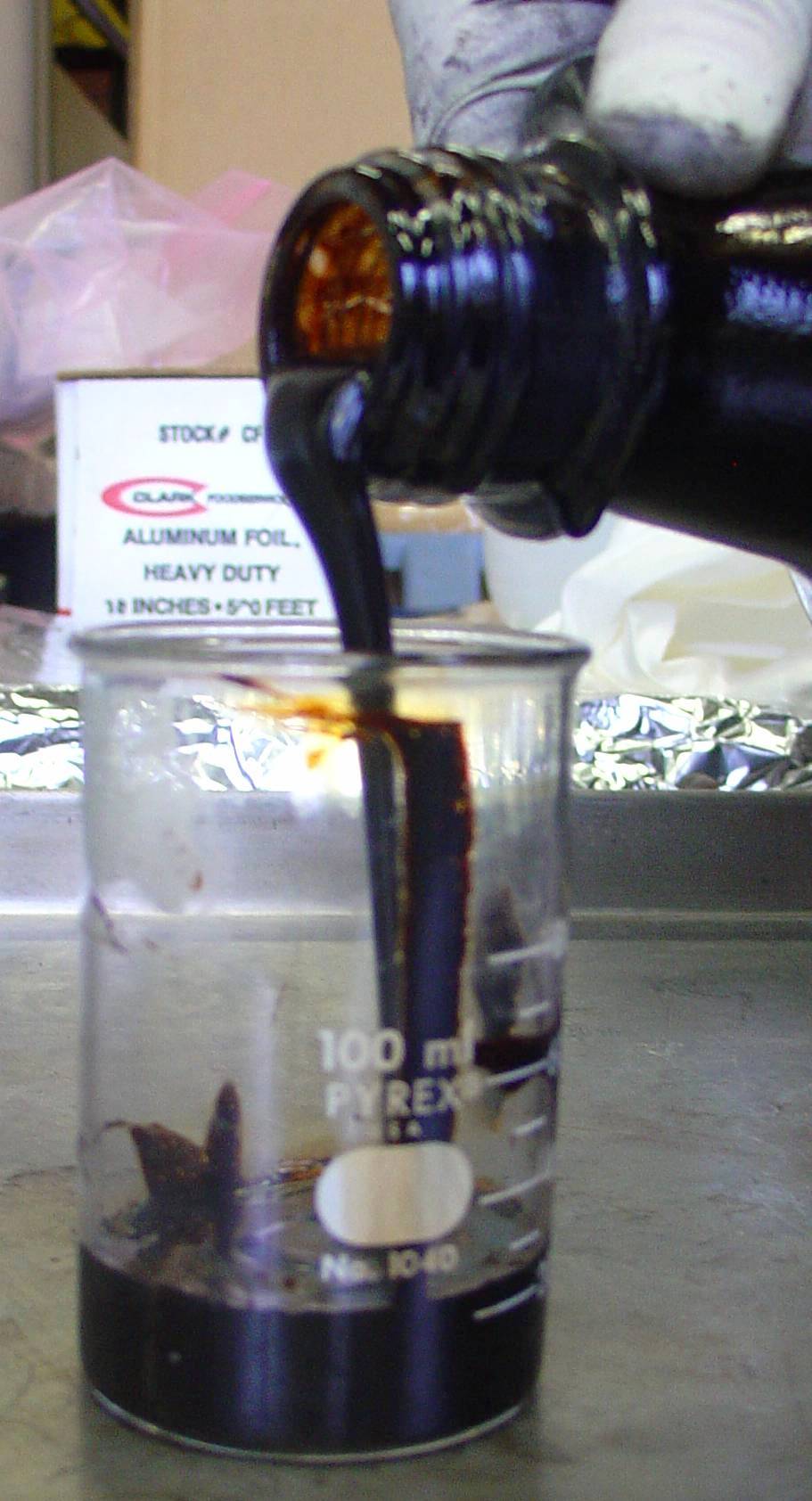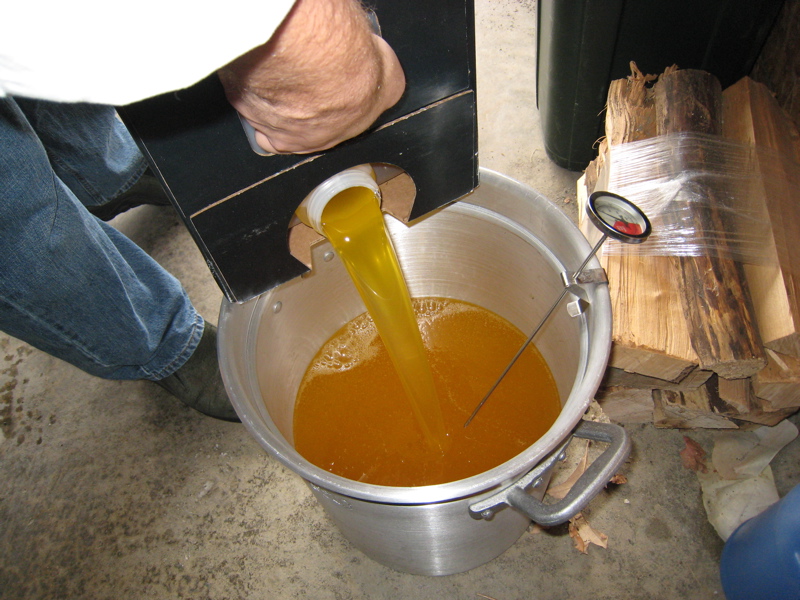|
Lignoceric Acid
Lignoceric acid, or tetracosanoic acid, is the saturated fatty acid with formula C23H47COOH. It is found in wood tar, various cerebrosides, and in small amounts in most natural fats. The fatty acids of peanut oil contain small amounts of lignoceric acid (1.1% – 2.2%). This fatty acid is also a byproduct of lignin production. Reduction of lignoceric acid yields lignoceryl alcohol. See also *List of saturated fatty acids See also *List of unsaturated fatty acids *Carboxylic acid **List of carboxylic acids *Dicarboxylic acid {{DEFAULTSORT:List Of Saturated Fatty Acids Saturated Fatty Acids A saturated fat is a type of fat in which the fatty acid chains ... References Fatty acids Waxes Papermaking Alkanoic acids {{organic-compound-stub ... [...More Info...] [...Related Items...] OR: [Wikipedia] [Google] [Baidu] |
Fatty Acid
In chemistry, particularly in biochemistry, a fatty acid is a carboxylic acid with an aliphatic chain, which is either saturated or unsaturated. Most naturally occurring fatty acids have an unbranched chain of an even number of carbon atoms, from 4 to 28. Fatty acids are a major component of the lipids (up to 70% by weight) in some species such as microalgae but in some other organisms are not found in their standalone form, but instead exist as three main classes of esters: triglycerides, phospholipids, and cholesteryl esters. In any of these forms, fatty acids are both important dietary sources of fuel for animals and important structural components for cells. History The concept of fatty acid (''acide gras'') was introduced in 1813 by Michel Eugène Chevreul, though he initially used some variant terms: ''graisse acide'' and ''acide huileux'' ("acid fat" and "oily acid"). Types of fatty acids Fatty acids are classified in many ways: by length, by saturation vs unsaturati ... [...More Info...] [...Related Items...] OR: [Wikipedia] [Google] [Baidu] |
Behenic Acid
Behenic acid (also docosanoic acid) is a carboxylic acid, the saturated fatty acid with formula C21H43COOH. In appearance, it consists of white solid although impure samples appear yellowish. Sources At 9%, it is a major component of ben oil (or behen oil), which is extracted from the seeds of the drumstick tree (''Moringa oleifera''). It is so named from the Persian month ''Bahman'', when the roots of this tree were harvested. Behenic acid is also present in some other oils and oil-bearing plants, including rapeseed (canola) and peanut oil and skins. It is estimated that one ton of peanut skins contains of behenic acid.USDA Scientists Find Treasure in Peanut Skins . Properties As a dietary oil, behenic acid is poorly absorbed. In spite of its low bioavailability compared with |
Cerotic Acid
Cerotic acid, or hexacosanoic acid, is a 26-carbon long-chain saturated fatty acid with the chemical formula CH3(CH2)24COOH. It is most commonly found in beeswax and carnauba wax. It is a white solid, although impure samples appear yellowish. The name is derived from the Latin word ''cerotus'', which in turn was derived from the Ancient Greek word κηρός (keros), meaning beeswax or honeycomb. Cerotic acid is also a type of very long chain fatty acid that is often associated with the disease adrenoleukodystrophy, which involves the excessive saturation of unmetabolized fatty acid chains, including cerotic acid, in the peroxisome. See also *List of saturated fatty acids *Very long chain fatty acids A very-long-chain fatty acid (VLCFA) is a fatty acid with 22 or more carbons. Their biosynthesis occurs in the endoplasmic reticulum. VLCFA's can represent up to a few percent of the total fatty acid content of a cell. Unlike most fatty acids, VL ... References Fatty acids ... [...More Info...] [...Related Items...] OR: [Wikipedia] [Google] [Baidu] |
Fatty Acid
In chemistry, particularly in biochemistry, a fatty acid is a carboxylic acid with an aliphatic chain, which is either saturated or unsaturated. Most naturally occurring fatty acids have an unbranched chain of an even number of carbon atoms, from 4 to 28. Fatty acids are a major component of the lipids (up to 70% by weight) in some species such as microalgae but in some other organisms are not found in their standalone form, but instead exist as three main classes of esters: triglycerides, phospholipids, and cholesteryl esters. In any of these forms, fatty acids are both important dietary sources of fuel for animals and important structural components for cells. History The concept of fatty acid (''acide gras'') was introduced in 1813 by Michel Eugène Chevreul, though he initially used some variant terms: ''graisse acide'' and ''acide huileux'' ("acid fat" and "oily acid"). Types of fatty acids Fatty acids are classified in many ways: by length, by saturation vs unsaturati ... [...More Info...] [...Related Items...] OR: [Wikipedia] [Google] [Baidu] |
Wood Tar
Tar is a dark brown or black viscous liquid of hydrocarbons and free carbon, obtained from a wide variety of organic materials through destructive distillation. Tar can be produced from coal, wood, petroleum, or peat. "a dark brown or black bituminous usually odorous viscous liquid obtained by destructive distillation of organic material (such as wood, coal, or peat)". "tar and pitch, viscous, dark-brown to black substances obtained by the destructive distillation of coal, wood, petroleum, peat and certain other organic materials. " Mineral products resembling tar can be produced from fossil hydrocarbons, such as petroleum. Coal tar is produced from coal as a byproduct of coke production. Terminology "Tar" and " pitch" can be used interchangeably; asphalt (naturally occurring pitch) may also be called either "mineral tar" or "mineral pitch". There is a tendency to use "tar" for more liquid substances and "pitch" for more solid (viscoelastic) substances. Both "tar" and "pitch ... [...More Info...] [...Related Items...] OR: [Wikipedia] [Google] [Baidu] |
Cerebroside
Cerebrosides is the common name for a group of glycosphingolipids called monoglycosylceramides which are important components in animal muscle and nerve cell membranes. They consist of a ceramide with a single sugar residue at the 1-hydroxyl moiety. The sugar residue can be either glucose or galactose; the two major types are therefore called glucocerebrosides (a.k.a. glucosylceramides) and galactocerebrosides (a.k.a. galactosylceramides). Galactocerebrosides are typically found in neural tissue, while glucocerebrosides are found in other tissues. Structure The fundamental structure of a cerebroside is ceramide. Monoglycosyl and oligoglycosylceramides having a mono or polysaccharide bonded glycosidically to the terminal OH group of ceramide are defined as cerebrosides. Sphingosine is the main long-chain base present in ceramide. Galactosylceramide is the principal glycosphingolipid in brain tissue. Galactosylceramides are present in all nervous tissues, and can compose up to ... [...More Info...] [...Related Items...] OR: [Wikipedia] [Google] [Baidu] |
Peanut Oil
Peanut oil, also known as groundnut oil or arachis oil, is a vegetable oil derived from peanuts. The oil usually has a mild or neutral flavor but, if made with roasted peanuts, has a stronger peanut flavor and aroma. It is often used in American, Chinese, Indian, African and Southeast Asian cuisine, both for general cooking, and in the case of roasted oil, for added flavor. Peanut oil has a high smoke point relative to many other cooking oils, so it is commonly used for frying foods. History Due to war shortages of other oils, use of readily available peanut oil increased in the United States during World War II. Production Uses Unrefined peanut oil is used as a flavorant for dishes akin to sesame oil. Refined peanut oil is commonly used for frying volume batches of foods like French fries and has a smoke point of 450 °F/232 °C. Biodiesel At the 1900 Paris Exhibition, the Otto Company, at the request of the French Government, demonstrated that peanut oil co ... [...More Info...] [...Related Items...] OR: [Wikipedia] [Google] [Baidu] |
Lignin
Lignin is a class of complex organic polymers that form key structural materials in the support tissues of most plants. Lignins are particularly important in the formation of cell walls, especially in wood and bark, because they lend rigidity and do not rot easily. Chemically, lignins are polymers made by cross-linking phenolic precursors. History Lignin was first mentioned in 1813 by the Swiss botanist A. P. de Candolle, who described it as a fibrous, tasteless material, insoluble in water and alcohol but soluble in weak alkaline solutions, and which can be precipitated from solution using acid. He named the substance “lignine”, which is derived from the Latin word '' lignum'', meaning wood. It is one of the most abundant organic polymers on Earth, exceeded only by cellulose. Lignin constitutes 30% of non-fossil organic carbon on Earth, and 20 to 35% of the dry mass of wood. Lignin is present in red algae, which suggest that the common ancestor of plants and red algae ... [...More Info...] [...Related Items...] OR: [Wikipedia] [Google] [Baidu] |
Lignoceryl Alcohol
1-Tetracosanol (lignoceryl alcohol) is a fatty alcohol containing 24 carbon atoms, usually derived from the fatty acid lignoceric acid Lignoceric acid, or tetracosanoic acid, is the saturated fatty acid with formula C23H47COOH. It is found in wood tar, various cerebrosides, and in small amounts in most natural fats. The fatty acids of peanut oil contain small amounts of lignoceri .... References Fatty alcohols Primary alcohols Alkanols {{alcohol-stub ... [...More Info...] [...Related Items...] OR: [Wikipedia] [Google] [Baidu] |
List Of Saturated Fatty Acids
See also *List of unsaturated fatty acids *Carboxylic acid **List of carboxylic acids *Dicarboxylic acid {{DEFAULTSORT:List Of Saturated Fatty Acids Saturated Fatty Acids A saturated fat is a type of fat in which the fatty acid chains have all single bonds. A fat known as a glyceride is made of two kinds of smaller molecules: a short glycerol backbone and fatty acids that each contain a long linear or branched c ... Alkanoic acids ... [...More Info...] [...Related Items...] OR: [Wikipedia] [Google] [Baidu] |
Fatty Acids
In chemistry, particularly in biochemistry, a fatty acid is a carboxylic acid with an aliphatic chain, which is either saturated or unsaturated. Most naturally occurring fatty acids have an unbranched chain of an even number of carbon atoms, from 4 to 28. Fatty acids are a major component of the lipids (up to 70% by weight) in some species such as microalgae but in some other organisms are not found in their standalone form, but instead exist as three main classes of esters: triglycerides, phospholipids, and cholesteryl esters. In any of these forms, fatty acids are both important dietary sources of fuel for animals and important structural components for cells. History The concept of fatty acid (''acide gras'') was introduced in 1813 by Michel Eugène Chevreul, though he initially used some variant terms: ''graisse acide'' and ''acide huileux'' ("acid fat" and "oily acid"). Types of fatty acids Fatty acids are classified in many ways: by length, by saturation vs unsatura ... [...More Info...] [...Related Items...] OR: [Wikipedia] [Google] [Baidu] |
Waxes
Waxes are a diverse class of organic compounds that are lipophilic, malleable solids near ambient temperatures. They include higher alkanes and lipids, typically with melting points above about 40 °C (104 °F), melting to give low viscosity liquids. Waxes are insoluble in water but soluble in nonpolar organic solvents such as hexane, benzene and chloroform. Natural waxes of different types are produced by plants and animals and occur in petroleum. Chemistry Waxes are organic compounds that characteristically consist of long aliphatic alkyl chains, although aromatic compounds may also be present. Natural waxes may contain unsaturated bonds and include various functional groups such as fatty acids, primary and secondary alcohols, ketones, aldehydes and fatty acid esters. Synthetic waxes often consist of homologous series of long-chain aliphatic hydrocarbons (alkanes or paraffins) that lack functional groups. Plant and animal waxes Waxes are synthesized by ... [...More Info...] [...Related Items...] OR: [Wikipedia] [Google] [Baidu] |




